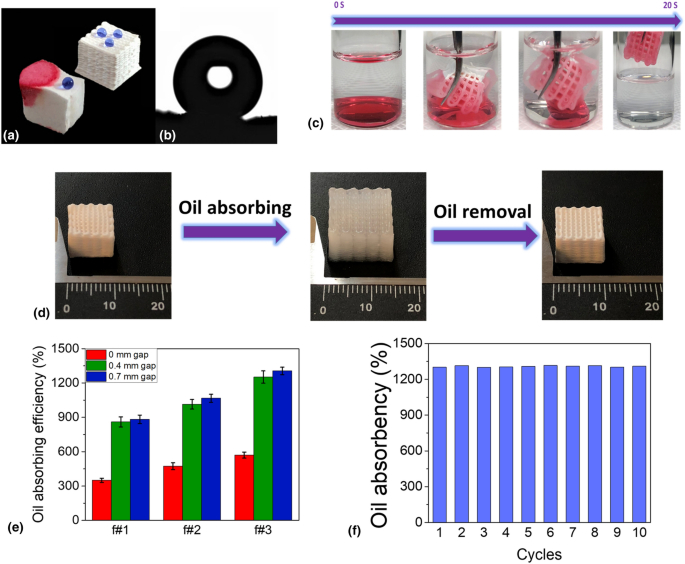3822016
3D printing high-performance composites and polymers: Sustainable nanomaterials, CO2 membranes, and oil-water separations
Date
March 29, 2023
Related Products
High value adding with natural polymers: Nanocomposites, coatings, and 3D Printing
Renewable based polymers, natural polymes, and biobased polymers have many things going especially for plastics replacement. From Miscanthus grass, abaca fibers, chitin, coconut coir, the key is determining their ability to form synergistic blends and composites…
Polymers and 3D printing: Best practices in science and Engineering Mentoring
Polymers or macromolecular science and engineering encompasses everyday things. It is an excellent tool for answering the “how, when, why, where, or even who?” of things around us…
3D Printing high-performance composites and polymers: sustainable nanomaterials, CO2 membranes, and oil-water separations
Energy and sustainability have been important tasks in our times to utilize new materials and technologies that contribute to a circular economy…
Electrochemically molecularly imprinted polymers (E-MIPS): artificial enzymes or bio-sensors
Bioinspired macromolecules can be prepared by bio-conjugation or the use of de-novo biopolymer substitutes. Molecular complexes that are inspired by biological enzyme-substrate interactions can be mimicked with the lock-and-key templating process…



